
AeroGenie - مساعد الطيار الذكي الخاص بك.
الرائج الآن
Categories
Drone Market Outlook: Trends and Forecasts Through 2033
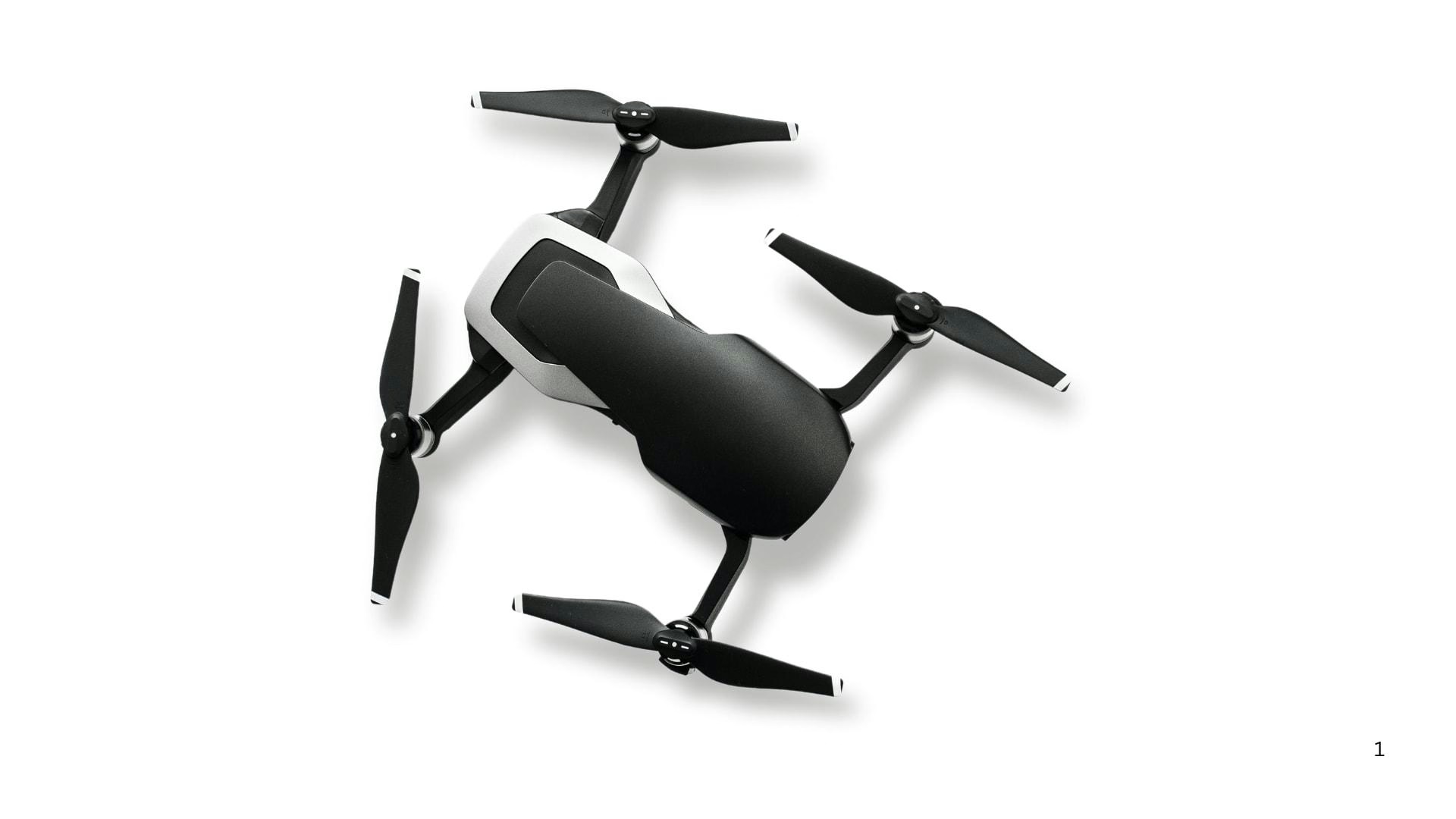
Drone Market Outlook: Trends and Forecasts Through 2033
The global drone industry is undergoing rapid expansion, fundamentally reshaping a diverse array of sectors from agriculture to emergency response. Once primarily the domain of hobbyists, drones—also known as unmanned aerial vehicles (UAVs)—have evolved into indispensable tools within modern industry and urban mobility frameworks. According to Renub Research, the global drone market is expected to grow from US$32.60 billion in 2024 to US$85.85 billion by 2033, representing a compound annual growth rate (CAGR) of 11.36% between 2025 and 2033. This robust growth is driven by continuous technological innovation, expanding commercial applications, and increasingly supportive regulatory environments worldwide.
Industry Overview
Drones operate either autonomously or under remote control, utilizing sophisticated flight software, embedded sensors, high-resolution cameras, and artificial intelligence (AI) to enhance decision-making capabilities. Their versatility has made them essential across numerous fields, including aerial photography and cinematography, agricultural crop monitoring and spraying, logistics and last-mile delivery, disaster management, surveillance and security, construction mapping, and energy infrastructure inspection. The ability of drones to access remote or hazardous locations, provide real-time data, and reduce operational costs positions them as a pivotal technology in the ongoing Fourth Industrial Revolution.
Market Drivers
Governments around the world are actively revising aviation regulations to safely integrate drones into national airspace, striking a balance between fostering innovation and ensuring safety and privacy. In the United States, the Federal Aviation Administration (FAA) has implemented comprehensive drone regulations encompassing pilot certification and remote identification, with nearly 900,000 drones currently registered. Regulatory milestones, such as the approval of Alphabet-owned Wing’s drone delivery services, are facilitating the commercial expansion of UAVs. Major corporations including Amazon, Walmart, DHL, and Google are investing heavily in drone delivery networks, transforming last-mile logistics and enhancing consumer confidence in drone-enabled services.
Drones have also become critical assets in emergency response operations. They provide real-time aerial assessments, expedite search-and-rescue missions, and enable the delivery of essential supplies to areas that are otherwise inaccessible. Governments and humanitarian organizations are increasingly incorporating drones into their disaster management strategies. A notable example is India’s 2023 approval to acquire 31 MQ-98 Predator drones for US$3 billion, underscoring the growing importance of UAVs in border surveillance and disaster preparedness.
Technological advancements continue to expand the capabilities of drones. Integration with 5G networks allows for ultra-low latency communication, while Internet of Things (IoT)-based sensors facilitate intelligent, real-time data collection. AI and machine learning enhance autonomous flight and object detection, and improvements in battery technology extend flight durations. The use of lightweight composite materials further improves endurance and safety. The emergence of Advanced Air Mobility (AAM), which includes air taxis and cargo drones, represents the next frontier in UAV development.
Regional and Competitive Landscape
Despite the promising outlook, the drone market faces challenges including regulatory complexities, rapid technological evolution, and the risk of market saturation. These factors necessitate sustained investment in research and development as well as strategic partnerships. Industry competitors are responding by enhancing product features, broadening market reach, and leveraging innovation to maintain competitive advantage.
Regionally, the agricultural drone market in Australia is poised for significant growth, driven by the adoption of precision agriculture technologies. In the United States, agricultural drone usage is accelerating, with key industry players focusing on investment opportunities to capitalize on this trend. Meanwhile, Israel, a recognized leader in drone technology, confronts challenges that highlight the importance of educational initiatives to sustain its innovation pipeline.
Outlook
As drones become increasingly integrated into critical infrastructure and everyday life, the market is expected to sustain its growth trajectory. Strategic investments, regulatory clarity, and ongoing technological breakthroughs will continue to shape the competitive landscape through 2033, ensuring that drones remain at the forefront of industrial transformation.
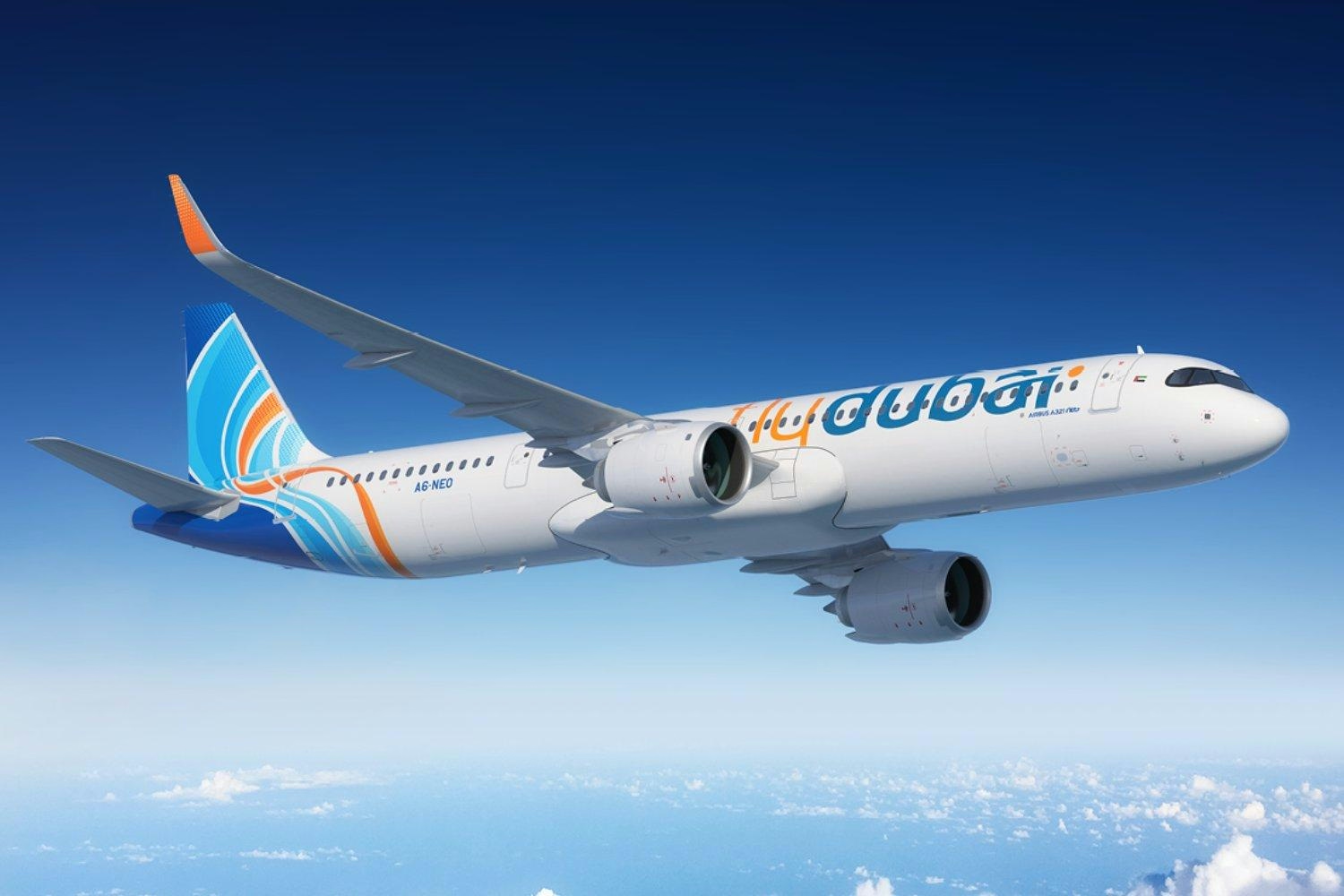
flydubai signs MoU for up to 150 Airbus A321neo aircraft, ending Boeing exclusivity
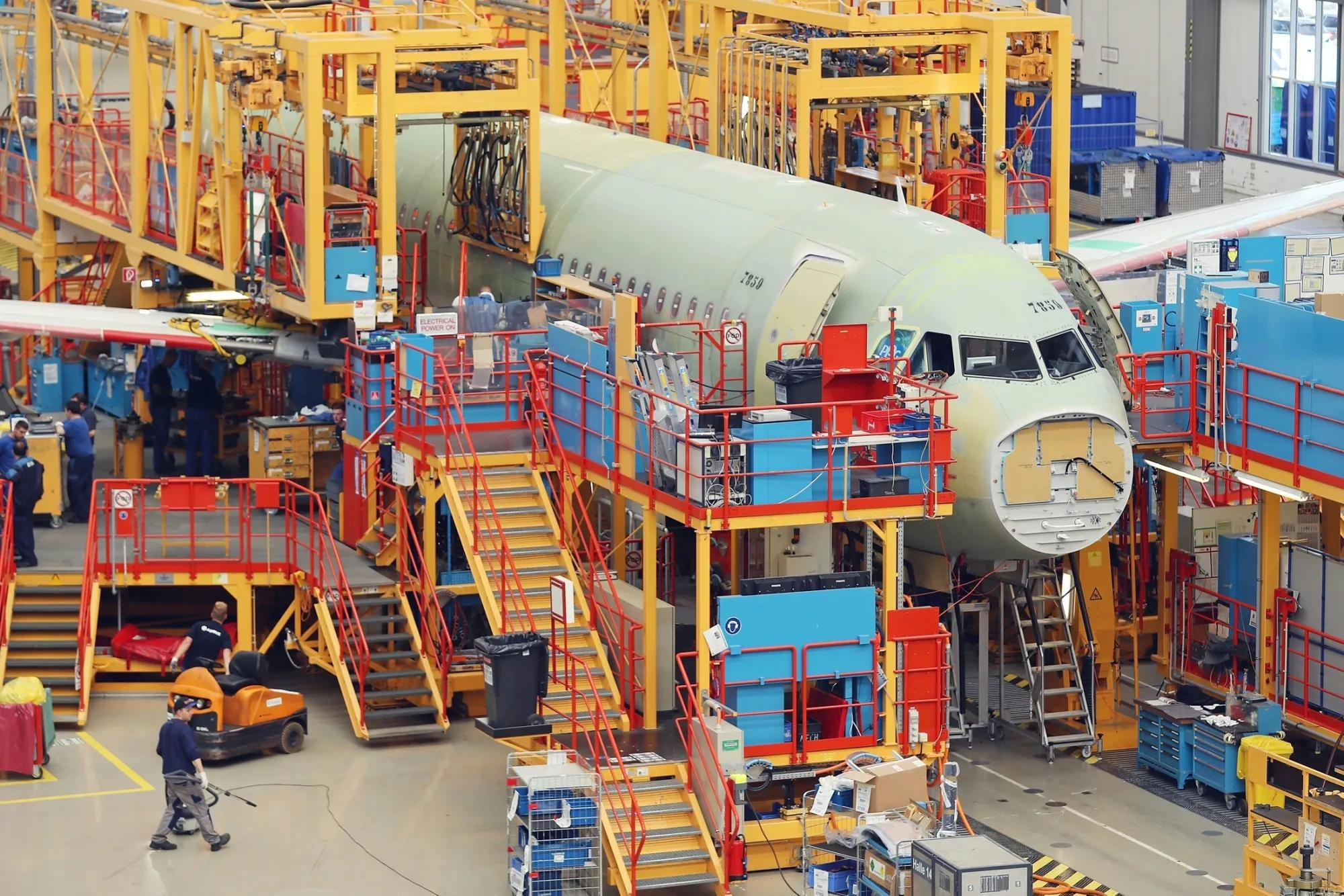
Airbus Secures New Orders from Etihad and flydubai at Dubai Airshow 2025
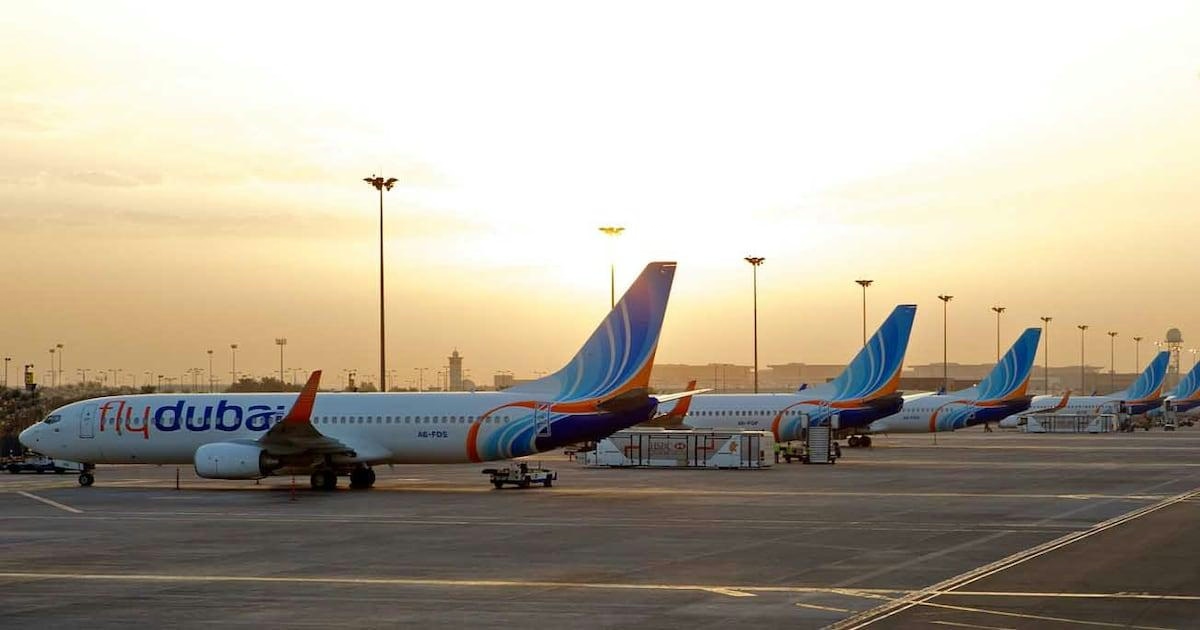
Flydubai Orders 150 Airbus A321neo Jets, Ending Boeing-Only Fleet

AMMROC and Lockheed Martin Sign Letter of Intent to Enhance MRO Cooperation and Regional Support

Emirates kicks off race between Airbus and Boeing for bigger jets
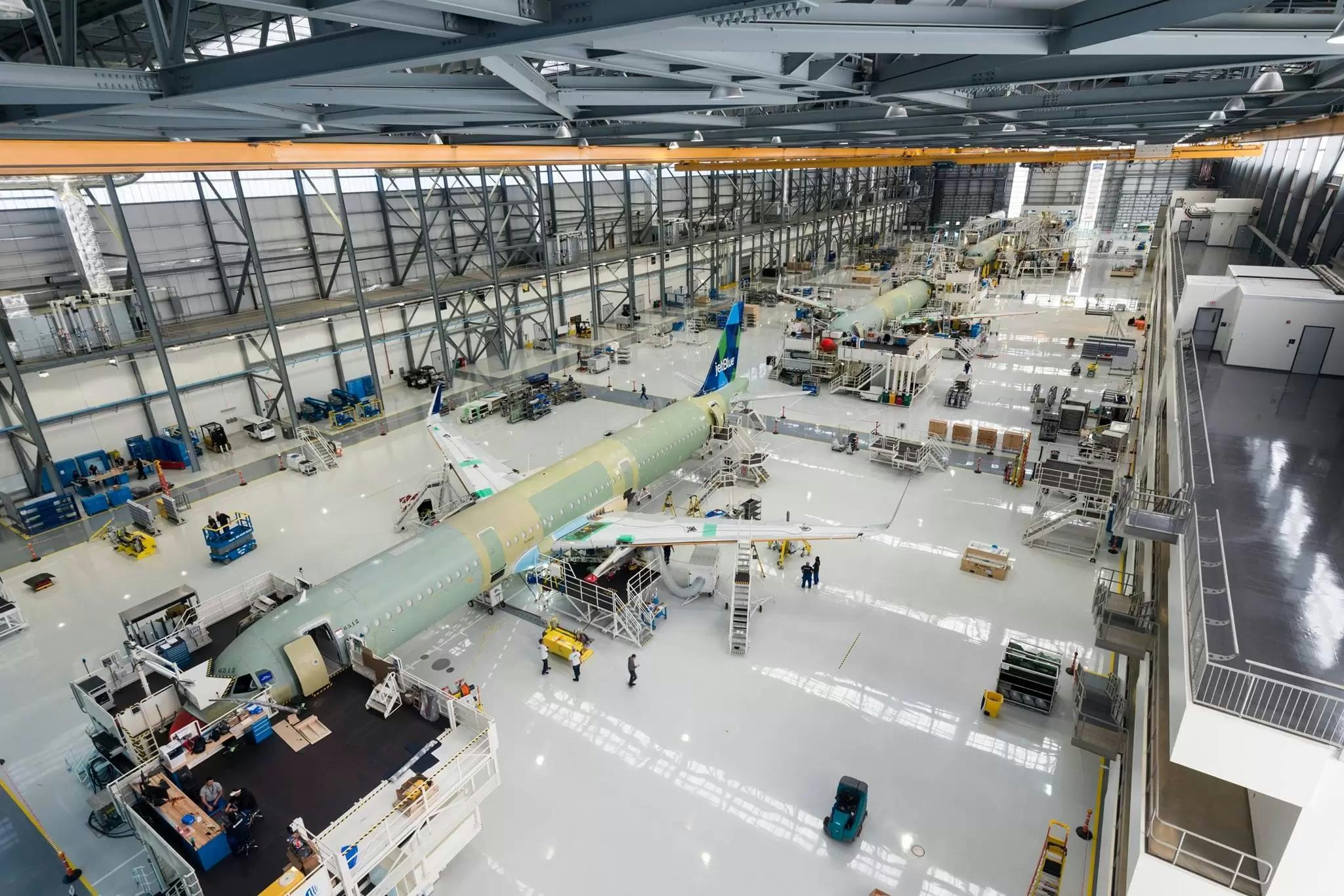
Inside Airbus’s Global Defense and Aviation Technology Hub
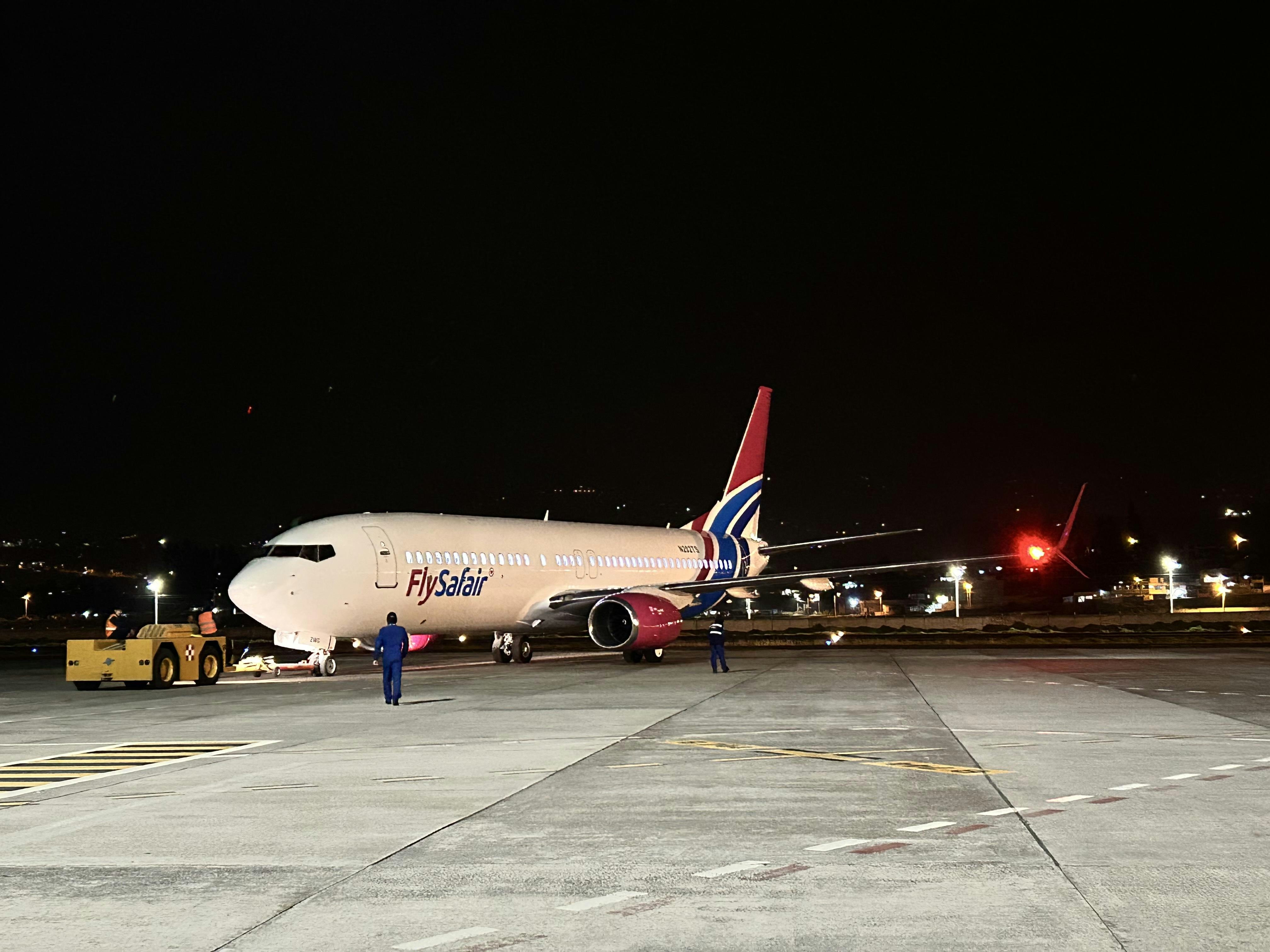
AerCap Leases Boeing 737 MAX and 737NG Aircraft to FlySafair
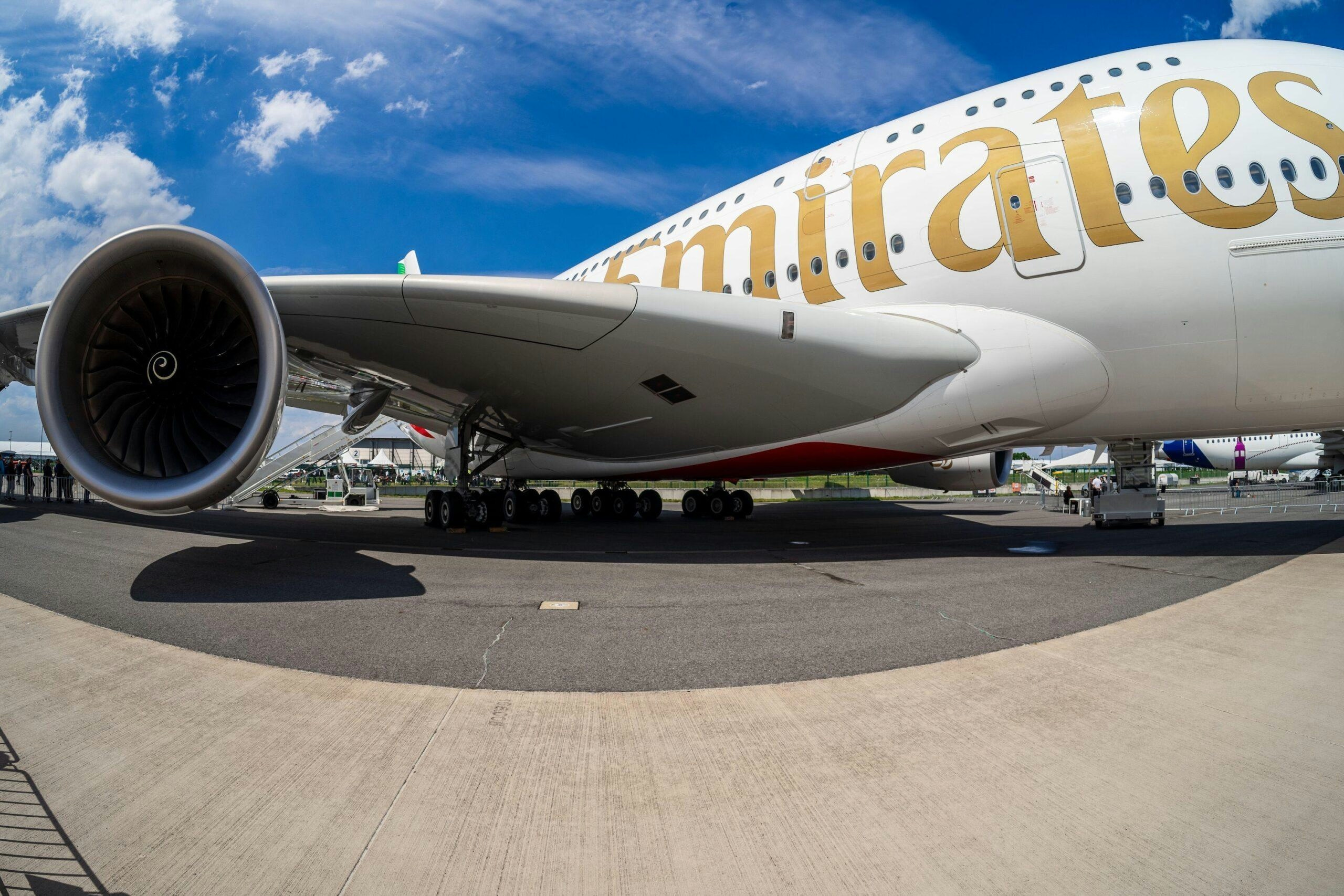
Abu Dhabi's Sanad sees opportunity in global aircraft engine crunch
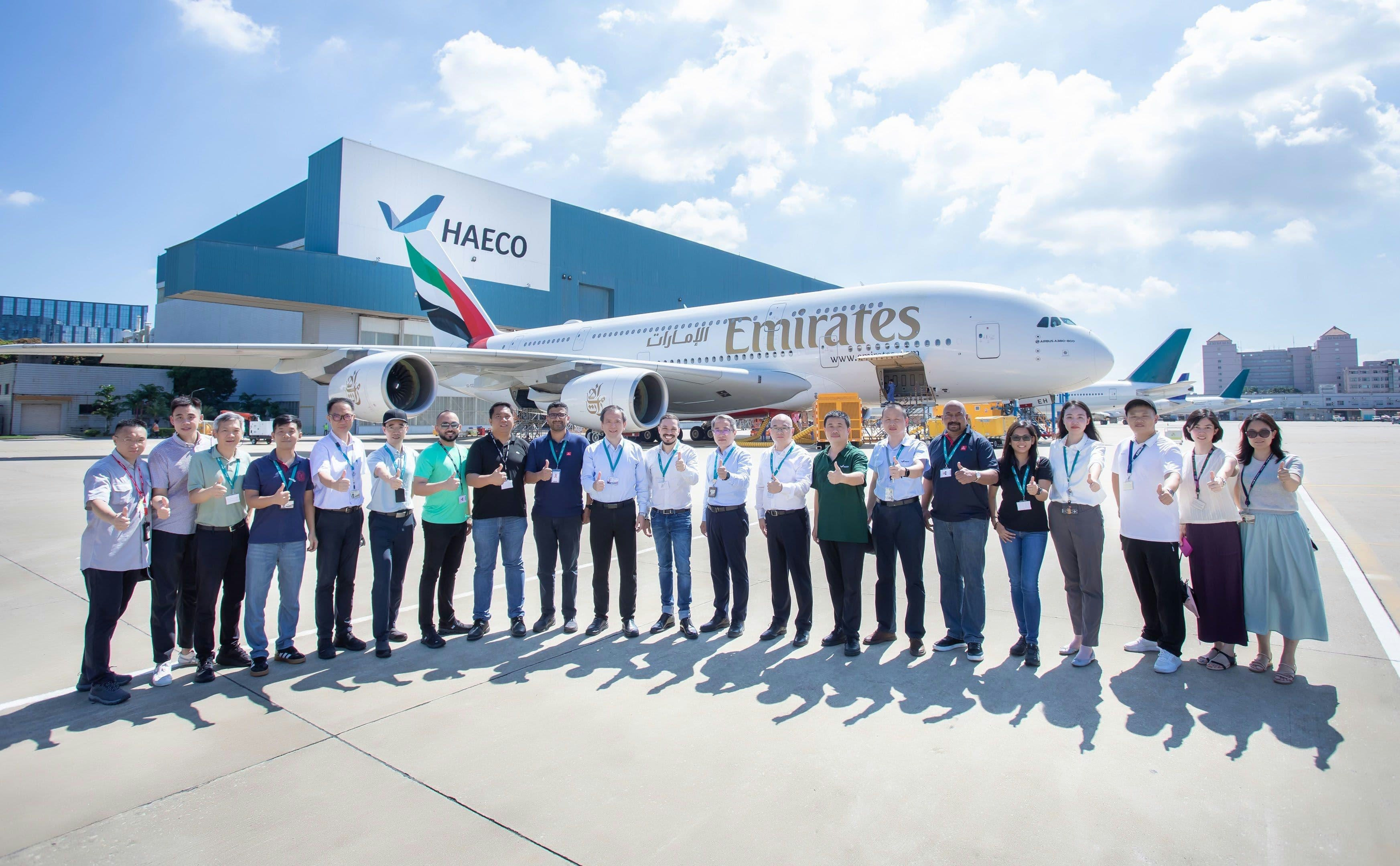
Collins Aerospace and Emirates Extend A380 Landing Gear Maintenance Agreement
